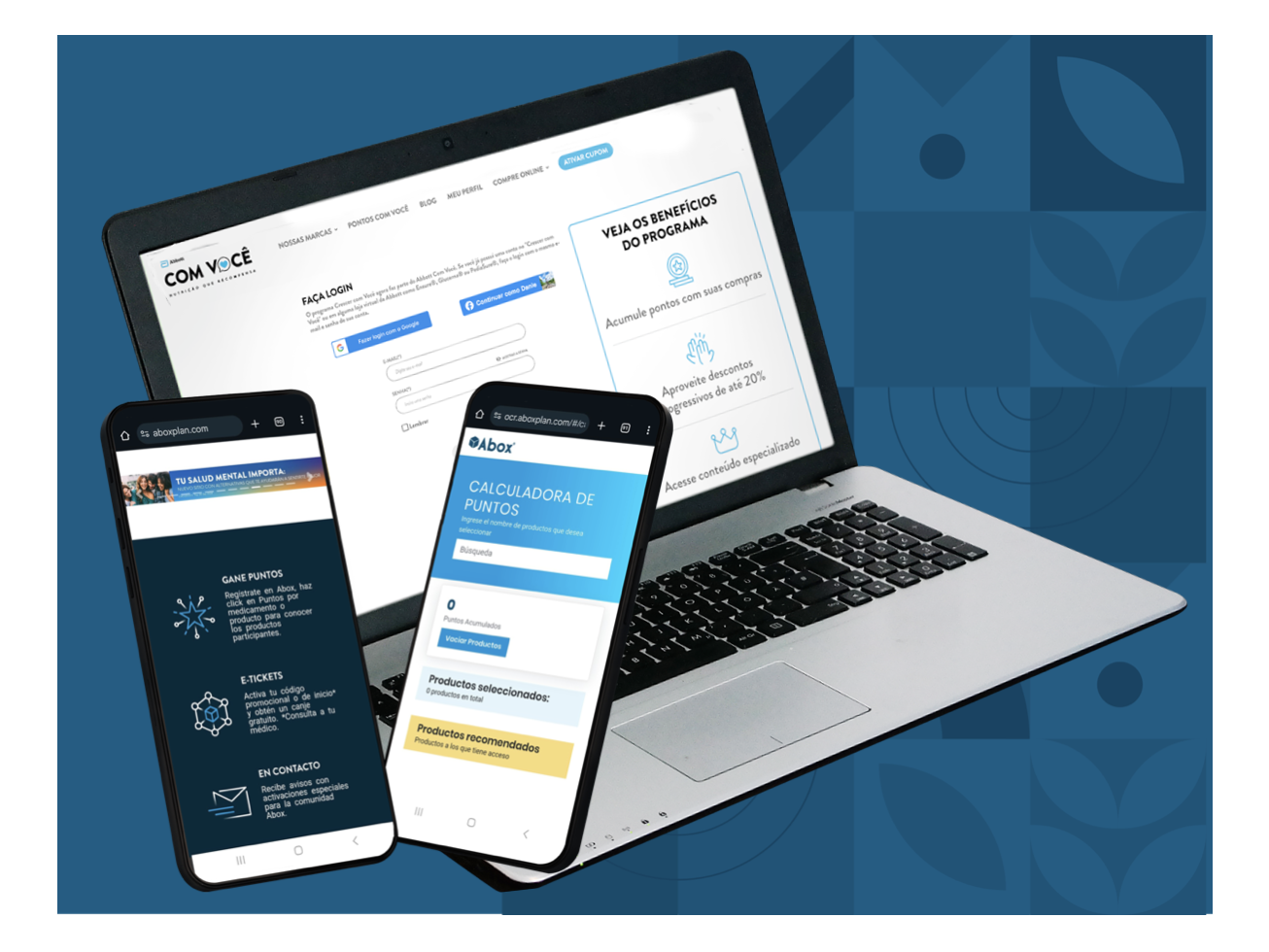
WELCOME TO
WE ARE A LEADING AGENCY IN BRINGING
PRECISION TO MARKETING
& INTELLIGENCE TO MEDIA
WE DESIGN AND BUILD
MEDIA AND MARKETING STRATEGIES THAT TURN EVERY TOUCHPOINT INTO MEANINGFUL INTERACTIONS
We attract the right audience, engage them with compelling experiences, convert their interest into action, and retain their loyalty for long-term growth.
We Are Now a HubSpot Platinum Partner
A new milestone in our mission to deliver smarter marketing and more intelligent customer journeys. As a HubSpot Platinum Partner, we expand our expertise in CRM architecture, marketing automation, revenue operations, and full-funnel engagement. Read more →
OTHER PARTNERSHIPS:
OUR SERVICE PORTFOLIO
MODULAR AND INTEGRABLE SOLUTIONS AT EVERY STAGE OF THE CUSTOMER JOURNEY
STRATEGY & CONSULTANCY
CREATIVE & CONTENT SERVICES
MEDIA SERVICES
PERFORMANCE MARKETING
CRM & MARKETING AUTOMATION
E-COMMERCE & REVENUE OPS
LOYALTY PROGRAMS
DATA & BI

IN NUMBERS
Our proven track record, depth of expertise, and regional footprint empower us to drive transformation, scale innovation, and create value for our partners with speed and precision.

AI HAS CHANGED THE RULES OF BRAND CONNECTION
Are you moving fast enough with AI?
AI is no longer optional, it is inevitable. It’s reshaping how brands connect in a world where speed and relevance define success. The rules have changed. Are you ahead of the curve?
At Loymark, we’re reimagining how brands interact with their customers in a fast-moving world where disruption is the new constant.
OUR WORK
WE ANALYZE, ALIGN AND ACTIVATE
UNIQUE & BESPOKE SOLUTIONS FOR EVERY BRAND
Our expertise lies in identifying and enhancing specific touch points where brands and consumers connect, ensuring that every interaction is meaningful and impactful.
OTHER CLIENTS WE HAVE WORKED FOR:
















TALENT THAT TRANSFORMS
STRATEGIC ADVISORS
AI SPECIALISTS
CONTENT CREATORS
MEDIA STRATEGISTS
LOYALTY EXPERTS
TECHNOLOGY ARCHITECTS
SOFTWARE DEVELOPERS
CREATIVE DIRECTORS
E-COMMERCE EXPERTS
DATA SCIENTISTS

CONNECT WITH US
Whether you're exploring new opportunities, need a strategic partner, or want to learn more about how Loymark can drive growth for your brand… we’re here to help.

























































